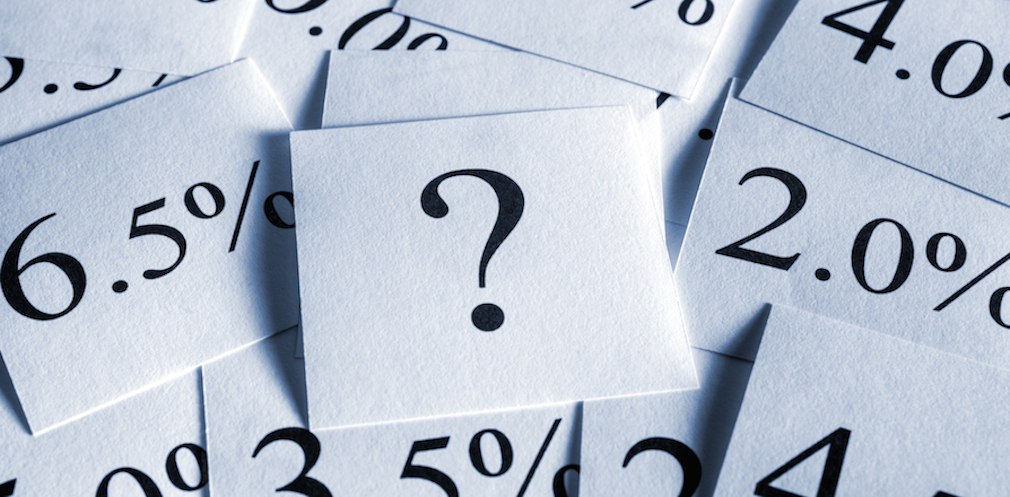Shortly after the Federal Open Market Committee announced an increase of the federal funds rate in December, marking the first rate hike since June 2006, economists at Fannie Mae predicted that there would be three more rate hikes in 2016.
Last month, in the wake of the FOMC stating that it felt that current economic conditions did not warrant another increase of the federal funds rate, Fannie Mae cut its forecast from three projected rate hikes to two, stating that it expected increases in June and December.
But now, citing the FOMC’s repeated reluctance to raise rates again, Fannie Mae’s Economic & Strategic Research Group now expects only one rate increase in 2016.
In its April 2016 Economic and Housing Outlook, Fannie Mae’s Economic & Strategic Research Group notes that consumer and business spending and net exports came in below expectations, and trade, inventory, and business investment likely weighed heavily on the nation’s gross domestic product in the first quarter.
But the ESR group states that it does not view weakness in the first quarter as the start of deteriorating economic activity, and expects slightly better growth in the second quarter buoyed by a pick-up in consumer spending that should continue over the rest of the year.
“We expect a healthy labor market, the solid hiring trend seen during the last few months, and stronger household incomes to boost consumer spending over the rest of the year despite weak economic activity in the first quarter,” said Fannie Mae Chief Economist Doug Duncan.
“The fourth consecutive increase in the labor force participation rate amid solid job growth has slowed the decline in the unemployment rate, and, combined with anemic productivity growth, may help explain the failure of wages to accelerate more rapidly,” Duncan added.
“With the uptrend in the labor force participation rate and subdued wage pressure, the Fed appears to feel less urgency for a second fed funds rate hike, particularly given that risks to global economic and financial developments are tilted to the downside,” Duncan said. “We now expect only one rate hike in 2016 in the second half of the year.”
Duncan said that Fannie Mae’s forecasts for housing activity, mortgage rates, and mortgage originations have not changed much from its previous report.
“We expect total mortgage originations to decline about 9% in 2016 to $1.56 trillion, with a refinance share of 40%,” Duncan said.
“Sustained improvement in the labor market and personal incomes among young adults should draw more potential homebuyers into the housing market, but many will continue to face affordability challenges,” Duncan concluded. “Home price growth has been rising at a faster clip than incomes, and the increasing supply of single-family housing is skewed toward larger and less affordable homes. These factors continue to weigh on housing affordability, particularly for first-time homebuyers.”







